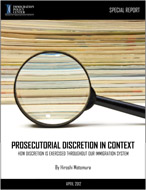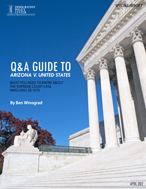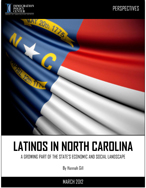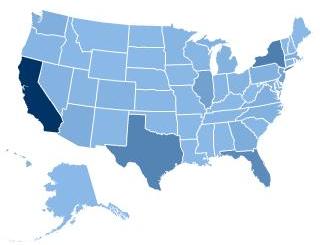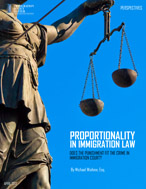 By Michael Wishnie, Esq.
By Michael Wishnie, Esq.
Proportionality is the notion that the severity of a sanction should not be excessive in relation to the gravity of an offense. The principle is ancient and nearly uncontestable, and its operation pursuant to diverse constitutional provisions is well-established in numerous areas of criminal and civil law, in the United States and abroad.
Immigration law, however, which is formally termed “civil” but is functionally quasi-criminal, has not previously been subject to judicial or administrative review for conformity to constitutional proportionality principles. Yet it is undisputed that the Due Process Clause—one of the sources of the proportionality principle in American law—applies to immigration proceedings.
This Perpsectives suggests that understanding the use of proportionality in criminal and civil law offers immigration practitioners a new way to challenge the status quo, particularly in cases where the underlying basis for the removal order and the resulting consequences of removal are so disparate. Applying established proportionality principles, attorneys and policymakers can both argue for a more sane and balanced approach to immigration enforcement, one that measures the relative nature of an immigration offense against the severity of the current removal system, while securing judicial review of individual removal orders for consistency with constitutional proportionality requirements.
Listen to Michael Wishnie discuss this paper:
Read more...
Published On: Wed, Apr 11, 2012 | Download File


